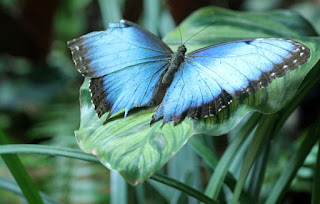 |
| Photo by Kelly Sikkema on Unsplash |
Romantic love gets the glory on Valentine’s Day, and as wonderful as it is, I submit that the love we feel for and from our friends is just as valuable.
I count myself lucky to have friends I’ve collected through high school, college, mothers’ groups, horseback riding, art, and more. I even stay in loose touch with one friend I’ve known since second grade (hi, Julie!). I have friends online I’ve never met in person, and it’s no accident that I begin every Happy Little Thoughts newsletter with the words “Dear friends.”
Happiness and friendships
Good relationships are the single most important factor of a happy life. We all hope that our family relationships will be positive and uplifting, but sadly that’s not always the case. We get to choose our friends, and those friends can help fill our emotional needs and provide support when we need it. Fun with friends is one of the best joys of life.
I count my friends as some of my biggest blessings, and I
don’t know what I’d do without them.
To celebrate the priceless love of friends this Valentine’s
Day, here are 10 quotes highlighting different aspects of friendship. Which one
is your favorite?
“Friendship is the greatest of worldly goods. Certainly to
me it is the chief happiness of life. If I had to give a piece of advice to a
young man about a place to live, I think I should say, ‘sacrifice almost
everything to live where you can be near your friends.’”—C.S. Lewis
💕
“True friendship multiplies the good in life and divides its
evils. Strive to have friends, for life without friends is like life on a
desert island... to find one real friend in a lifetime is good fortune; to keep
him is a blessing.” –Baltasar Gracian
💕
“It’s not that diamonds are a girl’s best friend, but it’s
your best friends who are your diamonds. It’s your best friends who are
supremely resilient, made under pressure and of astonishing value. They're
everlasting; they can cut glass if they need to.”—Gina Barreca
💕
“Friendship improves happiness, and abates misery, by
doubling our joys, and dividing our grief”—Marcus Tullius Cicero
💕
“In the sweetness of friendship let there be laughter, and sharing of pleasures. For in the dew of little things the heart finds its morning and is refreshed.”—Khalil Gibran
💕
“Friendship marks a life even more deeply than love. Love
risks degenerating into obsession, friendship is never anything but sharing.”—Elie
Wiesel
💕
“Each friend represents a world in us, a world possibly not
born until they arrive, and it is only by this meeting that a new world is
born.”—Anais Nin
💕
“A friend is one who overlooks your broken fence and admires the flowers in your garden.”—Unknown
💕
“True friends are always together in spirit.”—L.M.
Montgomery
💕
“It is one of the blessings of old friends that you can
afford to be stupid with them.”—Ralph Waldo Emerson
💕
Happy Valentine’s Day to all my friends. I love you more than words can say!






















































.jpg)


